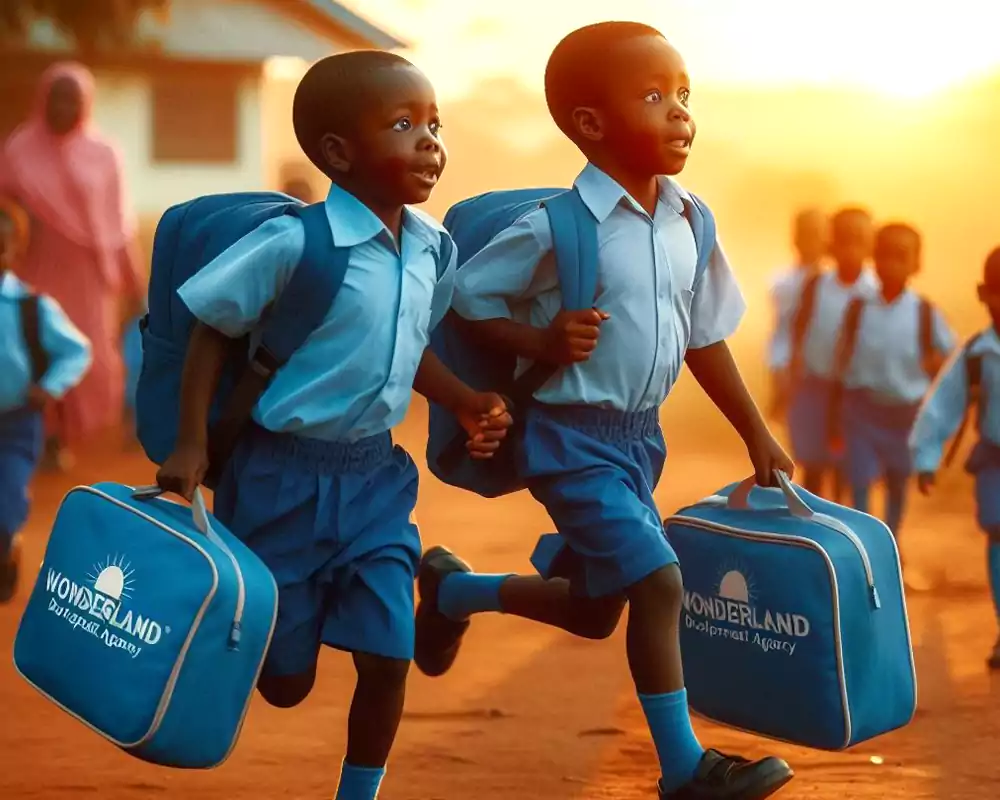
South Sudan’s Education Emergency: Can We Save a Generation?
South Sudan’s journey with education has been one marred by conflict and underinvestment. Decades of civil war ravaged schools and uprooted families, while the new nation inherited a severely neglected education system. Although strides have been made, immense challenges persist, jeopardizing the futures of millions of South Sudanese children.
South Sudan’s dismal global education rankings reflect its struggle. The UNESCO Institute for Statistics places the adult literacy rate at a mere 34.5%, with alarmingly low youth literacy. (https://uis.unesco.org/en/country/ss)
How Much Does South Sudan Spend on Education
The government of South Sudan allocates a small percentage of its budget to education, often well below international recommended benchmarks. UNICEF highlights that this underfunding significantly hampers progress towards educational goals (https://www.unicef.org/southsudan/what-we-do/education).
South Sudan Average Education Level
South Sudan holds the unenviable position of having one of the world’s lowest literacy rates. Only about a third of adults can read and write (UNESCO Institute for Statistics: http://uis.unesco.org/en/country/ss). This translates to millions deprived of the basic skills needed for a fulfilling life.
South Sudan Education Cluster
- The Education Cluster, led by UNICEF and Save the Children, coordinates humanitarian efforts with the government to provide education during emergencies (Education Cluster South Sudan: [invalid URL removed]). This vital network addresses the needs of displaced and crisis-affected children.
South Sudan Access to Education
Over 2 million South Sudanese children are out of school (USAID: https://www.usaid.gov/south-sudan/education). This represents a staggering barrier to the country’s future, creating a vast pool of untapped potential.
Challenges of Education in South Sudan
- South Sudan Education and Poverty: Widespread poverty prevents families from affording school fees, supplies, or sacrificing children’s labor income.
- South Sudan Education Crisis: Conflicts displace children, destroy schools, and make learning impossible.
- Why is Education in South Sudan So Bad? A lack of teachers, overcrowded classrooms, limited resources, and a traditional curriculum unsuited to local needs all play a role.
Girl Child Education South Sudan
Girls face unique barriers to education in South Sudan. Early marriage, harmful cultural practices, and a lack of safe sanitation facilities in schools can make education impossible.
Girls’ Education in South Sudan Statistics: UNICEF: https://www.unicef.org/southsudan/what-we-do/education provides statistics on the gender gap in education, highlighting that girls are disproportionately out of school or drop out prematurely.
Boy Child Education in South Sudan
South Sudan’s boys are not immune to the education crisis. Poverty and lack of opportunity remain huge obstacles. Additionally, boys are at higher risk of recruitment by armed groups
Factors Contributing to Boy child Education Crisis in South Sudan:
- Overall Enrollment and Literacy: South Sudan’s low overall enrollment and literacy rates mean that boys, along with girls, are severely disadvantaged.
- Poverty: Boys from poor families may be forced to drop out to work and support their families.
- Child Soldiers: Tragically, armed groups in South Sudan prey on vulnerable boys, robbing them of their education and their childhoods (https://www.hrw.org/topic/childrens-rights/child-soldiers).
- Lack of Male Teachers: In some communities, a shortage of male teachers can make it less acceptable for families to send their sons to school.
How to Improve Education in South Sudan
- Invest in Teachers: Train, support, and fairly pay teachers to create a qualified and motivated workforce.
- Build Schools: Construct more schools, especially in rural areas, to increase access.
- Target Girls: Address cultural barriers, provide scholarships, and ensure safe, girls-friendly schools.
- Peace as Prerequisite: Without peace, other efforts remain fragile.
South Sudan’s education system stands at a precipice. Without urgent action, the consequences will ripple across generations. Yet, with commitment and tailored solutions, a brighter future is possible where every South Sudanese child has the chance to learn, grow, and fulfill their potential.



